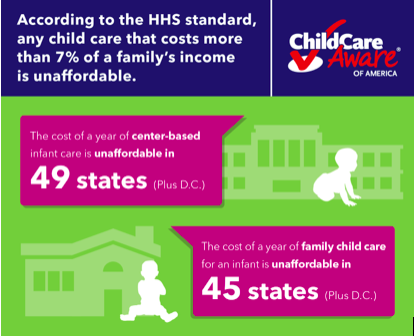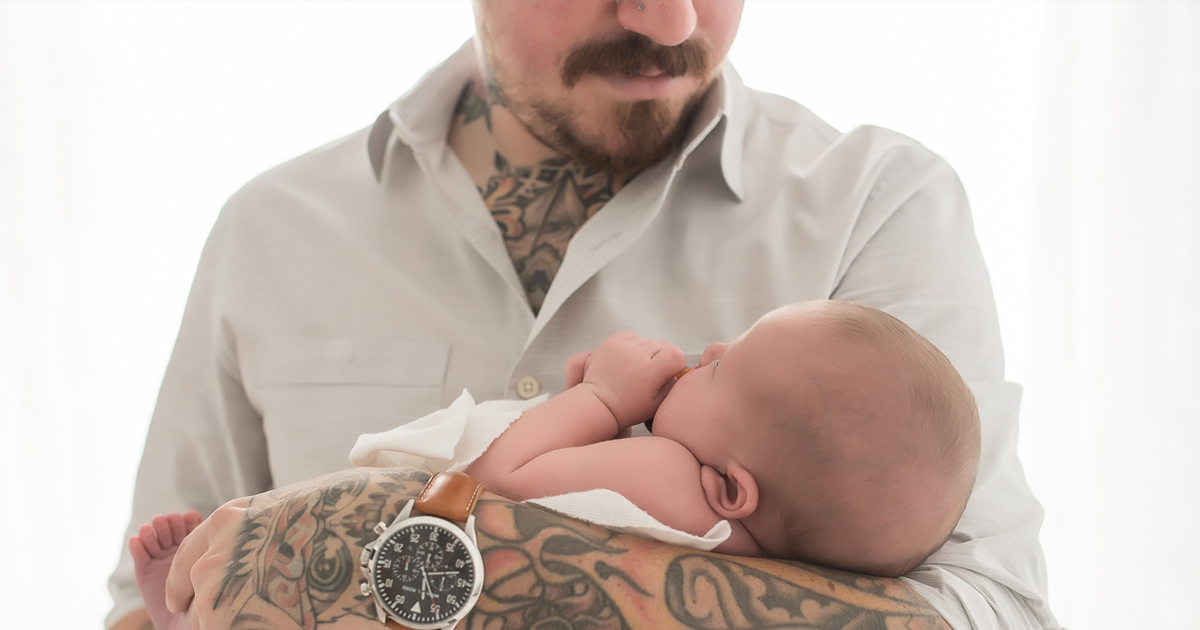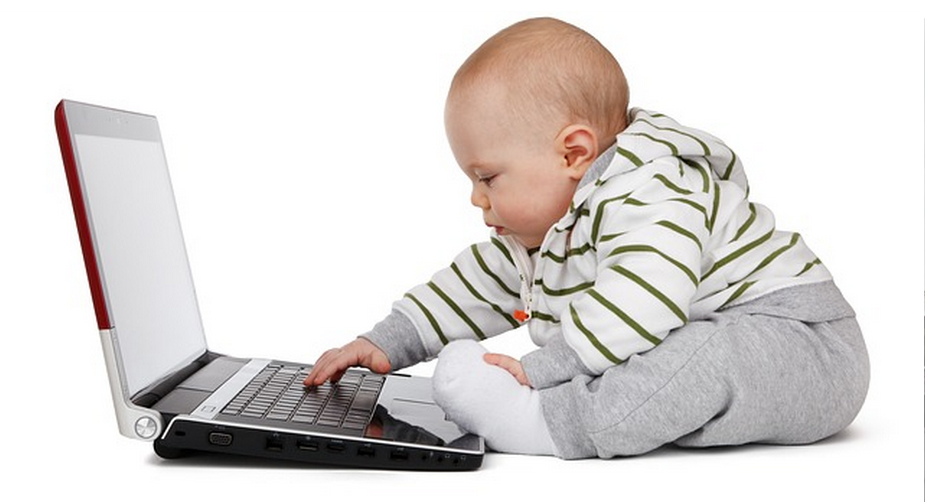One of the Hardest Decisions Parents Must Make When Leaving the Kids Behind

By:
Being a parent is full of challenges, surprises, and worries, with nothing more taxing than trying to figure out the right child care that fits your budget, and that will also leave you with a feeling of comfort that your child is safe.
"The typical cost of full-time care in child care centers for all children ages 0-4 in the United States is $9,589 a year, higher than the average cost of in-state college tuition ($9,410)," according to "The New America Care Report" by Care.com in collaboration with other organizations in September.

When it comes to looking for adequate child care it has been advised to not procrastinate. "Start early – earlier than you think you have to! In many areas of our country, parents face months-long waiting lists and a general dearth of options. The earlier you begin your child care search, the better off you’ll be," Dionne Dobbins, Ph.D., senior director of research at Child Care Aware of America, told ATTN:.
Most parents looking to establish an affordable childcare plan find themselves between three options, each with its own pros and cons: daycare, nanny, or family.
1. Daycare
These usually fall into two categories: group or home daycare, which is usually in a person's home, and traditional daycare centers with trained staff. The advantages of this option are obvious for most parents seeking an easy and reliable source of child care. There are no worries of the caregiver calling in sick or abruptly quitting, and there's usually a regimented schedule of activities in place for your child.
However, cost can be a deterrent for many, as most traditional daycare services charge about "$380 to $1564 a month for babies and toddlers (average $972)," according to Baby Center.
"Unfortunately, too many families have to compromise on child care because of high costs. We found that the cost of a year of center-based infant care is unaffordable in 49 states and the District of Columbia; similarly, the cost of a year of family child care for an infant is unaffordable in 45 states and the District of Columbia," Dobbins explained.
 Child Care Aware of America
Child Care Aware of America
There are a few other glaring disadvantages, too, such as strict pick up and drop policies (with some schools even charging when parents run late ) in addition to closings for holidays. Usually, the child to caregiver ratio isn't optimal, with Baby Center noting that at most daycare centers that the recommended caregiver "ratios are typically one to three for babies, one to four for toddlers, but requirements vary from state to state."
2 . Nanny
While the cost of daycare may seem a bit steep, there are critics who argue that nannies are the true bank-breakers. There are horror stories from urban dwellers who detail encounters with nannies requiring salaries upwards of $180,000 plus bonuses, and there's often the complicated process of ensuring you're legally employing your nanny with proper tax forms. So it can be a bit frightening when deciding to go down this particular childcare rabbit hole.
The advantages here are obvious, though, this option usually means in-home care which ensures your child is comfortable in an environment he or she knows and trusts. Also, this option likely means your child will have the undivided and personalized attention of the caregiver.

"In addition, it’s important to note that many child care providers don’t make enough money to afford child care for their own children – in every state in the U.S., a child care worker with two children pays more than half of their income toward child care," said Dobbins.
3. Family
This is the least expensive childcare choice, which is usually free or at least a small fee, when a relative offers to watch the kids. While grandparents, aunts and uncles can be viable options to watch baby, this isn't always an option for some parents who may not have relatives that live nearby or who have the availability to meet mom and dad's child care needs.
"If you have a relative you know well and trust to provide child care, you may have a peace of mind you could not get from strangers, no matter how wonderful," said Deborah Gilboa, M.D., a board-certified family physician and founder of Ask Doctor G, to Parents.com.
There are also some families that decide one parent will stay at home to take care of the kids. "The share of mothers who do not work outside the home rose to 29 percent in 2012, up from a modern-era low of 23 percent in 1999, according to a new Pew Research Center analysis of government data," Pew reported in April 2014, noting an increase in stay-at-home fathers as well.
 Stocksy/Alison Winterroth - stocksy.com
Stocksy/Alison Winterroth - stocksy.com
"Aside from the moral issue of keeping our children safe, quality child care for American families is also an economic issue. U.S. businesses lose more than $4 billion annually due to employee absenteeism as the result of child care breakdowns; working families lose nearly $29 billion in wages when they do not have access to high-quality, affordable child care. Child care options make it possible for parents to work, and to work more hours, enabling parents to provide additional income for their families in the short term, as well as higher earnings in the long term," Dobbins explained.

